The United Nations Scientific, Educational and Cultural Organization (Unesco) recognized Malaysia’s Lenggong Valley Archaeological Site as a World Cultural Heritage in 2012.
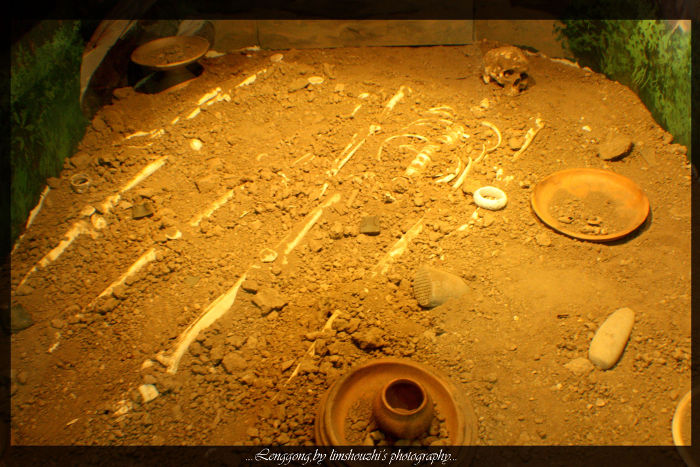
Located in the Lenggong valley of Malaysia, the Lenggong archaeological site has a history of nearly 2 million years and is an important archaeological site in understanding human history . The archaeological site includes an outdoor area and a large cave system. These caves run along the length of the Perak River and were formed 1,800,000 to 2,000,000 years ago.
According to scientists, there was a volcanic disaster that happened here millions of years ago, creating large holes and the current relics. There are about 20 caves found in this site, in which at Gua Gunung Runtuh cave, archaeologists excavated and discovered a prehistoric human bone called Perak , this is an intact prehistoric human skeleton. The most complete and complete is found in Southeast Asia.
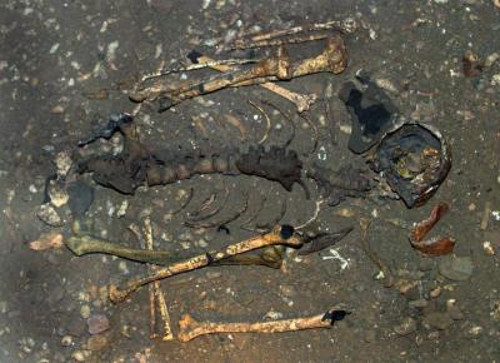 Prehistoric human bone remains were found at Lenggong Archaeological Site.
Prehistoric human bone remains were found at Lenggong Archaeological Site.
The Lenggong Valley archaeological site was recognized by Unesco as a World Cultural Heritage according to the following criteria:
Criterion (iii): At Lenggong Valley Archaeological Site there are a series of caves and open-air archaeological areas running along the Perak River. These sites date from 1,800,000 to 2,000,000 years ago.
Criterion (iv): In the Lenggong Valley Archaeological Site area, there are evidences of volcanic disasters that created a very special soil compound.
In addition to the above criteria, Lenggong Valley archaeological sites also have many cultural and historical meanings for people in general and Southeast Asian residents in particular. The integrity of the site is demonstrated through a fertile and stable environment for prehistoric people to live. Although it has undergone many large-scale archaeological excavations, there are still many things undiscovered in this relic area.
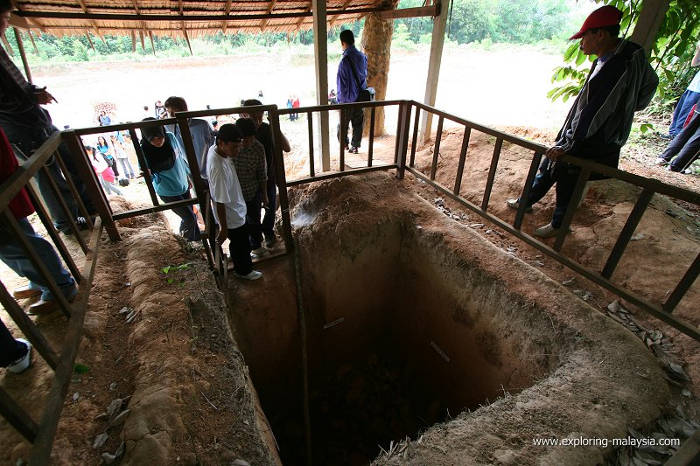 Archaeologists are conducting excavation work at the Lenggong archaeological site
Archaeologists are conducting excavation work at the Lenggong archaeological site
In addition to the integrity of the Lenggong archaeological site, it also has high authenticity, here the authenticity is shown through the historical circumstances and living environment that are still preserved today. Lenggong archaeological site also gives people evidence of the evolutionary process of prehistoric people and the way of living in caves, hunting and gathering of residents of that period.
During excavations, researchers and archaeologists have found many human bone relics and stone hunting tools of prehistoric people millions of years ago. Besides artifacts with a long history, there are also ceramics such as vases, jars, bowls… with shorter dates also found here. This shows human presence at these sites for a long time.
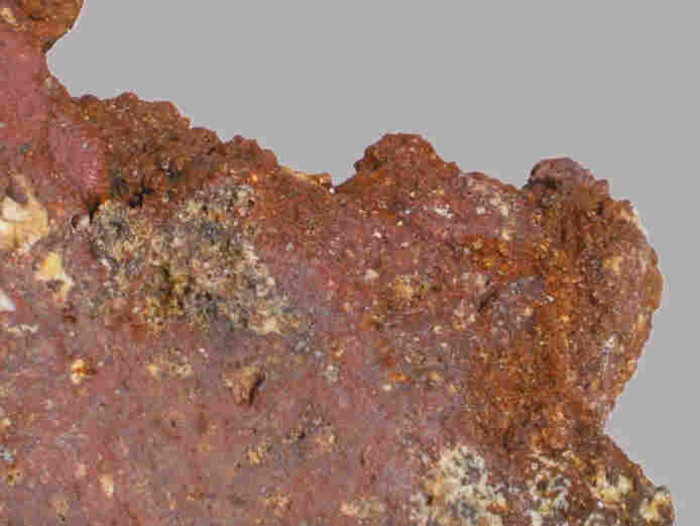
Artifacts and antiques excavated from the site
Because of the importance of the archaeological site in the Lenggong valley, the Malaysian Government has taken measures to protect this area, but to date the site still faces many threats. First is the time and climate factors. When buried underground, the artifacts still had a layer of protective soil, but when brought up from hundreds of meters deep, the climate had a strong impact on these artifacts . cause them to be damaged quickly.
The second factor is the establishment of measures to preserve antiques and artifacts after excavation. To preserve artifacts well requires highly specialized measures and a large investment in storage to ensure stable air and environment. This requires a lot of funding while the funding for conservation is really not enough. Currently, the Malaysian government is calling for international support funds to fund the preservation of this site.
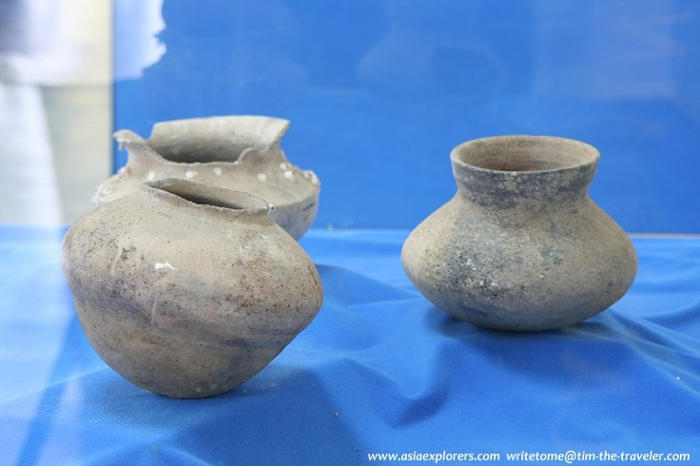
In 2005, Malaysia enacted the National Heritage Law and in 2012 amended and added more stringent regulations on protecting the country’s heritage. Accordingly, for the Lenggong Valley Archaeological Site, the Government has established a protective belt and a buffer zone outside this area. In addition, the Government also issues regulations and regulations for the tourism industry to exploit and develop the tourism potential of this heritage without affecting the general environment as well as the values of the heritage. Lenggong Valley Archaeological Site.





